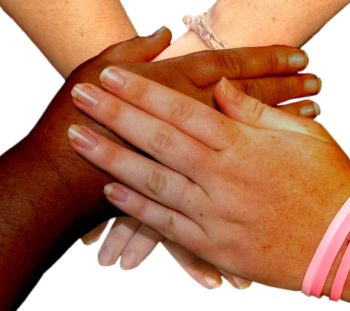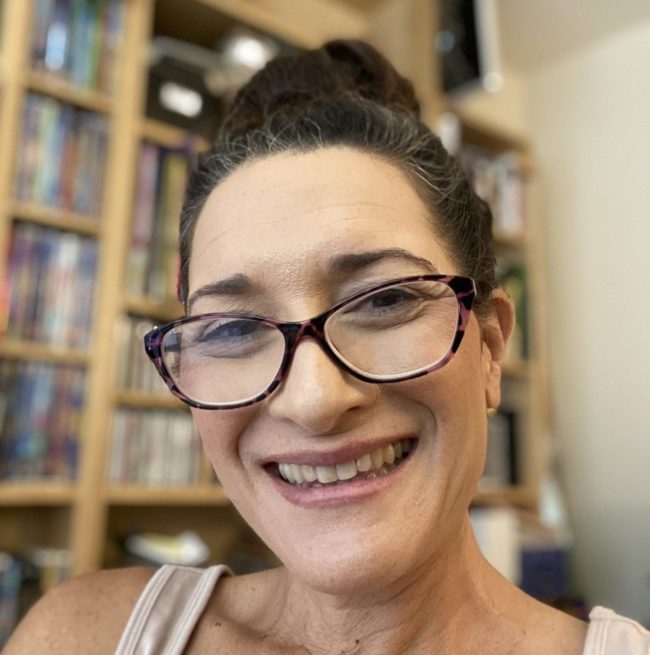 Help Students Express Gratitude and Brainstorm Solutions
Help Students Express Gratitude and Brainstorm Solutions
Behavior: Do We Really Understand Series? Part 2 of 3
When considering our students’ misbehaviors, let me pause this scene for just a minute and zoom in closely as to what is really going on here. It’s a total conflict of mental desire and physical action. The classic case of knowing what the right thing to do is, but not wanting to do it. So, the real question becomes what is causing the conflict? And perhaps at six or seven years old it’s probably safe to assume that not all students know how to articulate their needs.
Build a Grateful Community for Solving Behavior Challenges
There is so much to unpack here. First, we need them to recognize their feelings so that they are aware of the discomfort and hopefully move to addressing it before it becomes an unmanageable crisis in the classroom. How they are feeling first thing in the morning. Then I connect with a social emotional activity. Keep it simple, I generally use gratitude. What is one thing you are grateful for in the last 12-24 hours? Building a grateful community allows for the practice of compassion. This is how a safe space begins to develop. Students are encouraged to share their vulnerabilities. After all, we are ultimately talking about mistakes being made. We need to offer the opportunity for students to speak about the problem without judgement. Solutions are not resolved at this time. The floor is only open for a candid conversation about their current social emotional state.
We will learn how to create a goal setting behavior checklist next week.
Danielle
Copyright (c) 2020 by GenParenting

Danielle’s first step in education did not begin with education at all. It began with her first love for science. She received a B.S. in Biological Science, with a concentration in Molecular Biology. Her five years of experience as a chemist in the biotech industry at SYVA and Dade Behring Diagnostics include both areas of quality control and research and development. Her contributions were qualifying products for release to sell to the diagnostic market as well as developing new diagnostic technology for immunoassay detection. Danielle’s subtle transition to discovering her passion for education was through the birth of her daughter. She became a stay at home mom. Her uber volunteerism at her daughter’s elementary school gained her access to her path of education. She now holds a multiple subject teaching credential and M.A. in Education from National University. She has over ten years of experience at Sakamoto Elementary School as an educator in kindergarten, sixth grade, second grade, and a 2/3 combination class. Her teaching is rooted in a constructivist model while fostering independence and accountability in the classroom.

